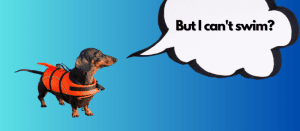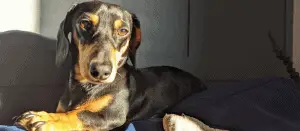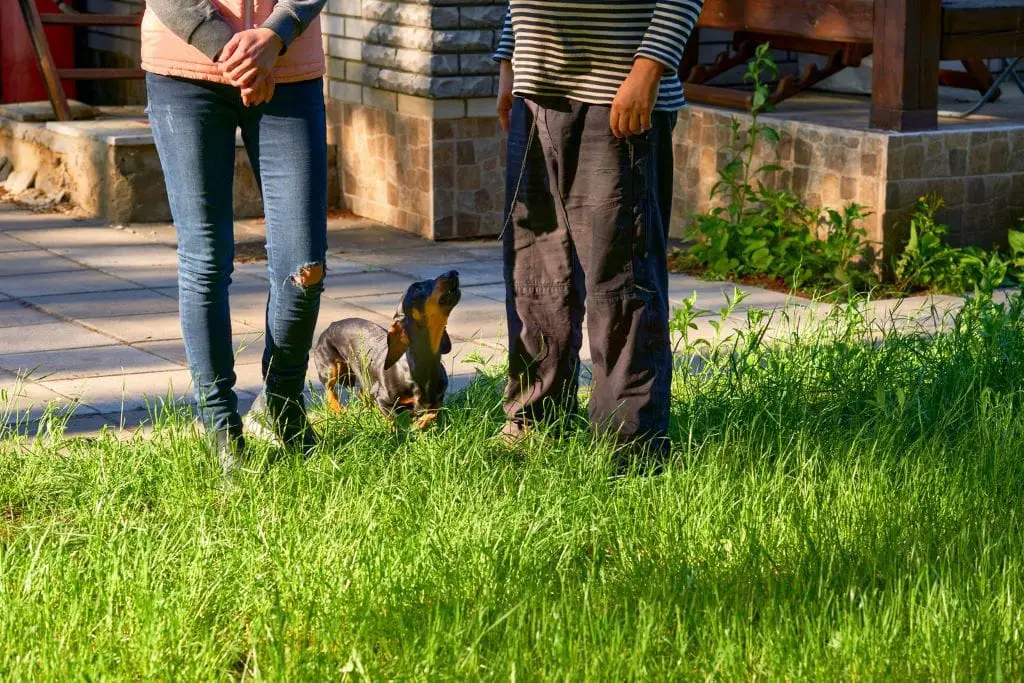Warning: Trying to access array offset on value of type bool in /home/u778996160/domains/dachshundtalk.com/public_html/wp-content/plugins/wp-word-count/public/class-wpwc-public.php on line 123
Warning: Trying to access array offset on value of type bool in /home/u778996160/domains/dachshundtalk.com/public_html/wp-content/plugins/wp-word-count/public/class-wpwc-public.php on line 123
Every pet has unique traits, and there can be some behaviors that are considered cute or amusing. However, there can be others that cause concern among dog owners, and dogs zig-zagging when they’re walking can be one of the most concerning among dog owners.
Fortunately, zig-zagging when walking is a common trait among dogs, although the reasons they do this can vary.
Dogs Are Excited to Go For a Walk
Very few dog owners need education on how excited dogs get when it is time to go for a walk, and this excitement can last longer for some dogs, resulting in the dog walking in a weaving motion.
If you find that the dog’s weaving subsides after some time outside, it usually means that your four-legged friend is emoting their excitement at spending some quality time with you.
Dogs Are Picking Up a Series of Scents
Many will already know that dogs are good at picking up scents, and there can be instances when they pick up several scents outside, which can result in them weaving. As with getting excited, the weaving can subside after a while, but it depends on the environment.
Dogs May Have Some Anxiety
Nobody likes to see their pet anxious, but it can occur when there is a sensory overload if a dog is both excited and concerned when outside, then it may cause them to weave when walking.
Although dogs zig-zagging when they’re walking can be concerning, it isn’t detrimental for the most part. However, if dogs happen to zig-zag a lot when walking, then it could result in an accident. Fortunately, dog owners can take some steps to help reduce weaving when dogs are walking.
5 Steps to Counteract Dogs Zig-Zagging When Walking
Those attempting to reduce dogs’ weaving when they walk can use the following methods to help counteract zig-zagging.
- Walk dogs on a short lead in an environment without distractions.
- Ensure there is plenty of space available for exercise.
- Reward dogs for responding to cues and hand signals when they are weaving.
- Make the lead longer as the dogs react positively to signals.
- Consider using dog training if dogs do not respond to cues or signals.
It is worth noting that there is no time scale when stopping dogs from zig-zagging, so patience is essential. Dogs prefer to walk where there is tall grass or lawn, so it is worthwhile to train dogs to walk on the left and right-hand sides of pathways.








